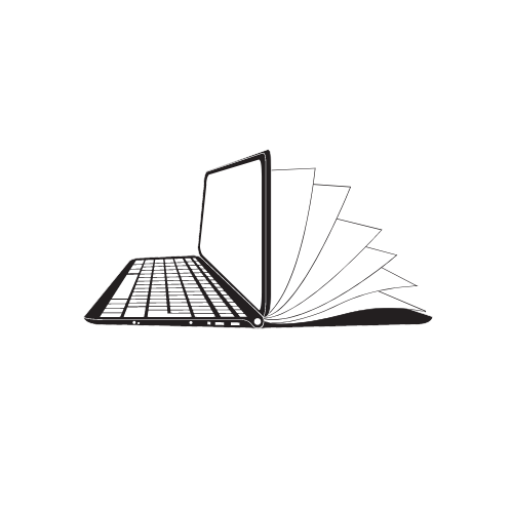Monkeypox is a viral zoonotic disease which has recently attracted the world’s attention because of possible outbreaks and the health issues connected with it. Its significance is however relatively newer, which was first identified in monkeys in 1958. This article endeavours to give an overview of monkeypox; its general background, how it spreads, how it presents, how it can be prevented, the recent outbreaks that have been observed.
What is Monkeypox?
Monkeypox is a zoonotic disease that results from monkeypox virus, the member of the Orthopoxvirus genus that also features variola virus that causes smallpox and vaccinia virus which is used in vaccination against smallpox. Monkeypox is named as such, but the primary hosts are rodents and other small mammals with humans as incidental hosts.
The disease was first discovered in people in 1970, in what was then the Democratic Republic of Congo. Since then, monkeypox has been identified in several countries in Central and West Africa and very occasionally in other parts of the world where it has probably been imported.
Transmission of Monkeypox Virus
Monkey pox is mostly acquire thru contact with the tissues,eg, blood or fluids or with the skin crusts of the affected animals. Transmission is from human to human through respiratory secretion, direct contact with body fluids or surfaces such as beds.
Another mode of transmission is through the large droplets and this can only be through close contact face to face contact. That is why close family members and healthcare workers are vulnerable during the outbreak of a particular virus.
Symptoms of Monkeypox
The incubation period for monkeypox averages between 6 -13 days but can be between 5–21 days. The disease progresses through two phases:The disease progresses through two phases:
1. Invasion Phase: This phase can last up to 5 days and includes for instance fever, severe headache, swollen lymph nodes, back pain, muscle aches, and fatigue. Lymphadenopathy is also differentiating factor in Monkeypox as compared to smallpox.
2. Eruption Phase: Accompanying the fever, in 1 to 3 days a rash appears; the face is affected primarily, and then other parts of the body. The rash has macular (flat discolored area, which is slightly elevated but not raised), papular (bumps on the skin that are elevated but unsaceous), vesicular (raised rounded affecting fluid filled lesions), and pustular (raised round focal pus filled lesion) stages and ends up with stages of crusting and desquamation where the skin falls off.
In general, the intensity of the illness is not extremely high and; therefore, monkeypox can be considered mild to moderate in most of the infected individuals. However, the disease could be serious in children or in persons with compromised immune systems and may cause death.
Prevention and Treatment
Monkeypox cannot be cured but the smallpox vaccine has been proved to be effectinve as a post exposure prophylaxis. Due to recent emergence of some few cases of this disease in some parts of the world, some countries have considered revaccination for populations at risk such as those in the health care facilities or those in the endemic regions.
Preventive measures include:
– Minimizing contact with animals that may be reservoirs of the virus especially in regions where the virus is probably to be found.
– Taking care and washing hands most of the time with soap and water.
– Quarantining the affected individuals so as to curb the spread of the disease.
– Adhering to strict infection control practises while handling the patients such as wearing of personal protective gears.
Recent Outbreaks and Global Impact
Monkeypox has continued to circulate in a number of African countries with different cases in those countries reoccurring from time to time. But, the last decade recorded several outbreaks of the virus outside Africa hence a new dimension to the spread of the virus.
Autumn of 2022 saw the monkeypox virus to spread beyond the endemic countries which triggered alarms of another health crisis. The WHO has therefore stressed on the need to closely follow the development and take relevant steps towards containment of the strain.
Outside Africa, the rationale for increased cases has included travellers crossing borders, alteration of contact between animals and humans and the decline in small pox vaccination due to the discontinuation of small pox in 1980.
Conclusion
Thus, Monkeypox is a vivid example that zoonotic diseases remain an acute concern, and adequate systems should be in place to recognize and address new risks. Although the disease is considerably less frequent than other viral illnesses, the propensity for outbreaks should not be underestimated.
It is therefore important that relevant publics be made aware of monkeypox and where possible prevent its spread and ensure early intervention for the vulnerable. However, given the recent incidence of zoonotic viral diseases, further research, surveillance, and interprofessional collaboration all around the globe over the issues arising from such diseases are essential.
While writing this article I took into consideration that Its target audience will consist of virtually anyone; therefore the general presentation of the facts coupled with the main goal of creating awareness on the topic will be done by the use of a simple storyline which will be easy for lay understanding. The guidelines offer very important information on the virus including ways through which individuals and the community can protect themselves.


